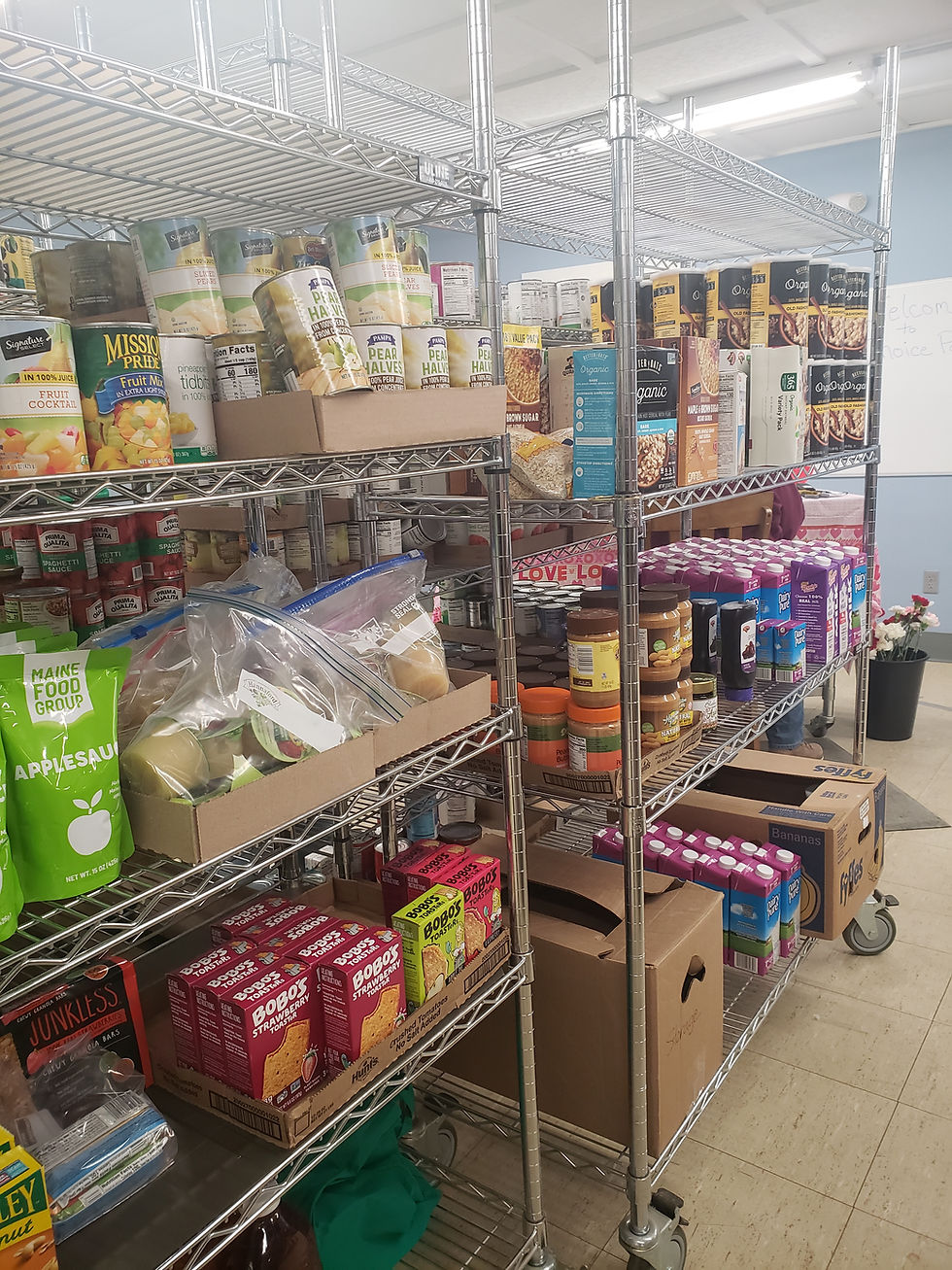Wednesdays With Whitney
- kelly43337
- May 15, 2019
- 3 min read
“Last month we tackled sugar on the food label, what about the rest of it? HELP!”
Let’s start from the top and make our way to the bottom.
Serving size. The serving size is what the nutrition facts are based on. So, if the serving size reads “31 pieces” or “6 crackers” or “½ cup”, that is the measure/amount that the information provided is based on. Therefore, if the serving size is ½ cup and you are eating 1 cup, you would have to multiply by two to get accurate calories etc. When comparing two products, be sure to keep the serving sizes in mind. The serving size for one cereal may be ¾ cup and another 1 ¼ cups, for example.
Servings per container. The servings per container is essentially the amount of product in the entire container divided by the serving size. If the serving size is ½ cup and there are 8 servings per container, the whole container contains eight ½ cup servings.
Calories. The total number of calories (or energy) is based on the cumulative calories from fat, protein and carbohydrates for one serving. As a general reference, something with 400 calories or more per serving would be considered “high calorie”.
Fat. Now we come to fat. Fat is broken down from “total fat” into saturated fat and trans-fat. Some labels include polyunsaturated fat and monounsaturated fat. The lower, the better when it comes to saturated fat, trans-fat and cholesterol.
Sodium. What numbers should I be looking for on sodium? A product with 140 mg or less of sodium is considered “low sodium”. Five percent daily value (DV) or less of sodium per servings is low, 20% DV or more of sodium per serving is considered high. Keep reading for more on daily values. Most of our processed and packaged food items are loaded with sodium.
Carbohydrates. When looking at total carbohydrates you will find fiber and sugar included. Five percent DV or less of dietary fiber per serving is low, and 20% DV or more of dietary fiber per serving is high. The daily value is based on the recommended 25 grams per day for a 2000 calorie-per-day diet (this amount may vary depending on individual needs). Sometimes you will see fiber broken into soluble (beans, fruit, oats, veggies, nuts/seeds--can aid in lowering cholesterol and helps manage blood sugar) and insoluble fiber (fruit, veggies, nuts/seeds, whole grains, wheat bran--think bulk and helping to move food through your system). See last month’s blog post for an in-depth look at sugar; bottom line: look for less (or no) added sugars.
Protein. Protein does not have a daily value. Each gram of protein contains 4 calories. Protein sources include eggs, dairy, beans, nuts and seeds, meat and poultry, grains (in lower amounts), seafood, and soy products. It is best to get your protein from a variety of sources. Protein needs are very individualized. Chances are that you, like most Americans, are getting more than enough protein each day.
Percent daily value. The percent daily value (%DV) is based on a 2000 calorie diet. Again, this recommendation of calories will vary greatly based on individual needs. These percentages do help to guide us when investigating the food label. The %DV shows how much of a nutrient is in one serving. A general rule of thumb is 5% DV or less of a nutrient per serving is low and 20% DV or more of a nutrient per serving is high. We would want to see higher percentages for fiber, vitamins A and C, calcium and iron. Aim for lower percentages on saturated fat, trans fat, cholesterol and sodium.
Ingredient List. Lastly, the ingredient list. Ingredients are listed in descending order by weight. So, the ingredient yielding the most weight in the product would be listed first and the least amount of an ingredient would be listed last. Hence, the recommendation to look for bread products stating “100% whole grain…” as the first ingredient.
One more thing! Here are some common claims that we often see on the label explained:
Calorie free: less than five calories per serving
Low calorie: having 40 calories or less per serving
Low sodium: 140 milligrams or less per serving
Fat free/sugar free: less than ½ gram per serving
Reduced: At least 25 percent less of the specific nutrient or calories than the usual product.
Good source of: providing as least 10 to 19 percent of the DV for a particular vitamin or nutrient per serving
High in: Providing 20 percent or more of the DV of a nutrient per serving.

See https://www.heart.org/en/healthy-living/healthy-eating/eat-smart/nutrition-basics/food-packaging-claims for even more claims explained.
With health in mind:
Aim for more fiber, vitamins, minerals.
Aim for less saturated fat, cholesterol, sodium and added sugar.
Think about the order ingredients are listed in, is sugar near the top of the list?



Comments